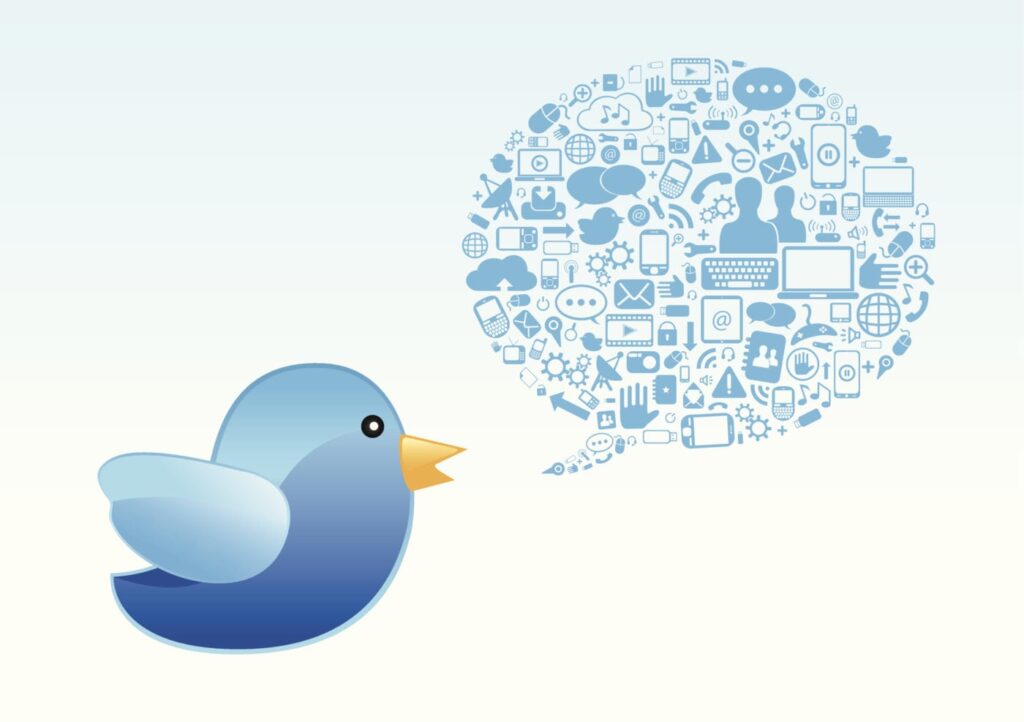
According to several sources, Twitter plans to expand its character limit to 10,000, trading the platform’s hallmark 140-character limit for the ability to display content in a longer form.
Twitter isn’t the first social media platform to attempt to be a content provider. Facebook launched its Instant Articles last year, which allows publishers to show news articles within the app itself, allowing for a seamless user experience. The model has found early success, thanks to the collaboration between Facebook and publisher partners.
Twitter has established itself as a quick method for sharing (and linking to) breaking news to large audiences, but now it could host the actual articles, meaning users would no longer need to visit an external site to read the full article. Twitter’s Direct Message feature already allows messages to be 10,000 characters long, but the proposed change to the tweet limit has the potential to change Twitter’s role, as well as the relationship audiences have with publisher content.
To be successful in the long-term, finding a win-win solution for both publisher and platform will be critical. |
How will the expanded Twitter look? Reports claim that tweets will look more or less as they do now, with an “expand” button to reveal content beyond the 140-characcter limit. In this way, article content posted on Twitter could be featured in its entirety.
It is still too early to know how the ability to post content in long-form on Twitter will affect publishers, or whether the new model will be a success. Much will depend on its ability to develop a mutually beneficial model. Publishers produce the exceptional journalism that platforms desire, while the social media sites provide an expanded audience. To be successful in the long-term, finding a win-win solution for both publisher and platform will be critical.
Twitter’s identity up to this point has been wrapped up in the need to stick to 140 characters. And, a recent analysis performed by NPR found this may be best length for sharing on Facebook as well. This is precisely why newspaper websites will still be an important source for content. People follow the news (via newspaper websites) to learn what is happening in their local area – and the world – in greater detail (Reuters Institute Digital News Report, 2015). Social media, however, is a way for people to connect with friends, family and professional contacts, and to keep up with breaking news in real time. (American Press Institute, 2015)
As Twitter and other platforms begin to host content within their platforms, it will be important for them to be actively working with the news organizations and other publishers supplying content, in order to maximize opportunities for both partners. For example, when Facebook launched Instant Articles, partner publishers stated they needed more flexibility to effectively sell advertising. Facebook responded by altering its model, allowing publishers to post more ads per article and control the “sponsored content” links that appear beneath a story.
The relationship between social media platforms and publishers is still evolving, introducing exciting new ways for news to be distributed and consumed. Ultimately, it is pivotal that both entities understand each other’s unique business models and goals, in order to maximize the value of the venture and pave the way for more integrative, comprehensive coverage.
